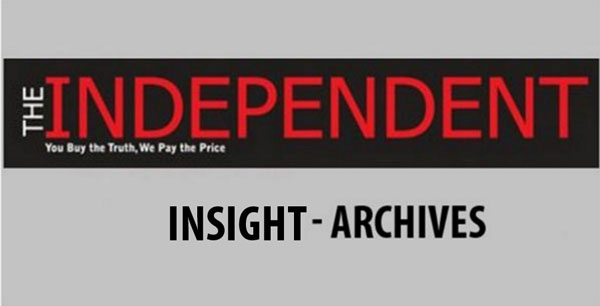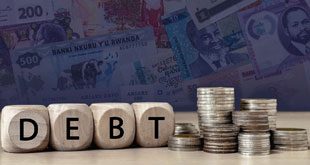
By Barry Eichengreen
The US debt-ceiling fiasco has raised doubts about the advisability of holding dollars, while Europe’s debt crisis has fueled doubt on the euro’s survival. For more than a half-century, the US dollar has been not only America’s currency, but the world’s as well. It has been the dominant unit used in cross-border transactions and the principal asset held as reserves by central banks and governments.
But, already before the recent debt-ceiling imbroglio, the dollar had begun to lose its luster. Its share in the identified foreign-exchange reserves of central banks, for example, had fallen to just over 60%, from 70% a decade ago.
The explanation is simple: the United States no longer dominates the world economy to the extent that it did in the past. It makes sense that the international monetary system should follow the global economy in becoming more multipolar. Just as the US now has to share the world stage with other economies, the dollar will have to make room for other international currencies.
In my recent book Exorbitant Privilege: The Rise and Fall of the Dollar, I described a future in which the dollar and the euro would be the dominant global currencies. And, peering ten and more years down the road, I anticipated a potential international role for the Chinese renminbi.
I ruled out a role for Special Drawing Rights (SDRs), the accounting unit issued by the International Monetary Fund. One might think that the SDR, as a basket of four currencies, might be attractive to central banks and governments seeking to hedge their bets. But the process for issuing SDRs is cumbersome, and there are no private markets in which they can be traded.
There was no realistic alternative, I concluded, to a future in which the leading national currencies, the dollar and the euro, still dominated international transactions.
What’s different now is that a pox has been cast on both houses. The US debt-ceiling fiasco has raised doubts in the minds of central bankers about the advisability of holding dollars, while Europe’s failure to resolve its sovereign-debt crisis continues to fuel doubt that the euro can survive. Once upon a time (less than a year ago), it was possible to imagine international-reserve portfolios dominated by the dollar and euro; today, anxious central bankers are desperate for alternatives to both sick currencies.
The problem is that they have nowhere to turn. The gold market is small and volatile. Chinese bonds remain unavailable. Second-tier currencies, like the Swiss franc, the Canadian dollar, and the Australian dollar, are only a slightly larger midget when combined.
With central banks seeking an alternative to dollars and euros, isn’t now a perfect time to expand the role of SDRs? Why not issue more? Why not develop markets in which they can be traded? Isn’t this a once-in-a-lifetime opportunity to move away from a world where the US Federal Reserve and the European Central Bank hold the supply of international liquidity in thrall?
The answer, unfortunately, is no. This much has not changed in the last year: the SDR still is not an attractive option for central banks disenchanted with the dollar and the euro. The reason is obvious on a moment’s reflection: the combined share of the dollar and euro approaches 80% of the basket of currencies that comprise the SDR.
Expanding the basket to include emerging-market currencies would help, but only a little, because the US and Europe still account for half of the world economy and more than half of its liquid financial markets. The SDR would offer little protection if the dollar and euro lost value over time.
A better idea is to start work now on creating a more attractive global reserve asset. The ideal instrument would be a global-GDP-linked bond, the returns on which would vary with global growth rates, just as returns on the GDP warrants issued by the governments of Costa Rica and Argentina, for example, vary with their national growth rates.
This would enable central banks to hold instruments that behave like a widely diversified global equity portfolio. They would be compensated for inflation and currency depreciation in the US and Europe, since the payout would depend on these economies’ nominal, not real, GDP. The IMF could use its bond-issuing power to purchase GDP-indexed bonds from national governments, thereby providing the new global reserve assets with backing and interest-generating capacity, while creating an incentive for governments to issue them.
The Yale University economist Robert Shiller has long argued that national governments should issue GDP-linked bonds as a safer way to borrow, but convincing them has been difficult. Persuading them to support issuance by the IMF of a global-GDP-indexed bond would be even harder. But if governments and central banks are serious about identifying alternatives to the dollar and the euro, now is the time to start – and GDP-linked bonds are the place to look.
****
Barry Eichengreen is Professor of Economics and Political Science at the University of California, Berkeley.
 The Independent Uganda: You get the Truth we Pay the Price
The Independent Uganda: You get the Truth we Pay the Price



